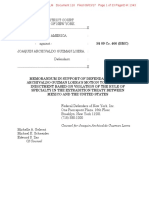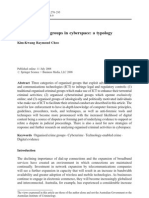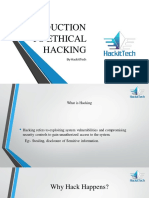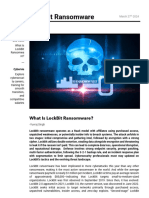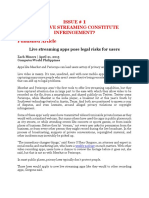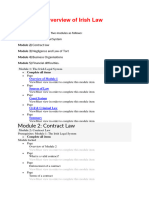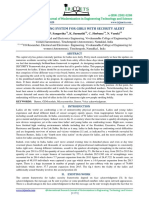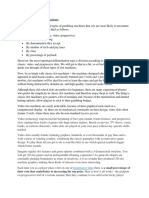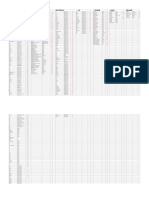0% found this document useful (0 votes)
60 views32 pagesEthical Hacking Intermediate Course
The document introduces ethical hacking, describing it as a profession where individuals protect systems from cyber threats by identifying vulnerabilities before malicious hackers can exploit them. It outlines the roles, skills, and tools needed for ethical hackers, as well as the various types of cyber attacks and preventive measures. Additionally, it emphasizes the importance of ethical practices and continuous learning in the field of cybersecurity.
Uploaded by
verticalcrabfarmingCopyright
© © All Rights Reserved
We take content rights seriously. If you suspect this is your content, claim it here.
Available Formats
Download as DOCX, PDF, TXT or read online on Scribd
0% found this document useful (0 votes)
60 views32 pagesEthical Hacking Intermediate Course
The document introduces ethical hacking, describing it as a profession where individuals protect systems from cyber threats by identifying vulnerabilities before malicious hackers can exploit them. It outlines the roles, skills, and tools needed for ethical hackers, as well as the various types of cyber attacks and preventive measures. Additionally, it emphasizes the importance of ethical practices and continuous learning in the field of cybersecurity.
Uploaded by
verticalcrabfarmingCopyright
© © All Rights Reserved
We take content rights seriously. If you suspect this is your content, claim it here.
Available Formats
Download as DOCX, PDF, TXT or read online on Scribd
/ 32








